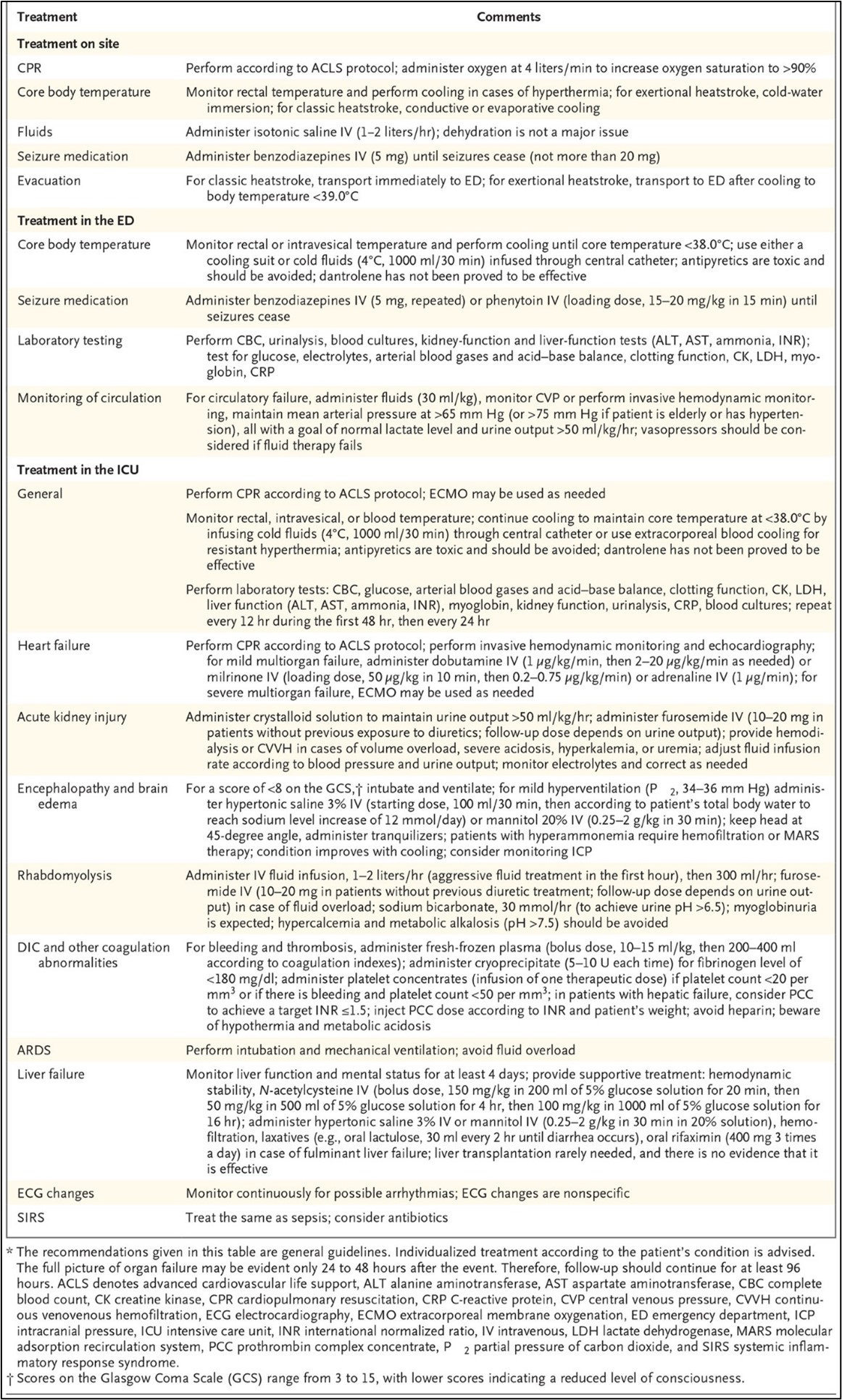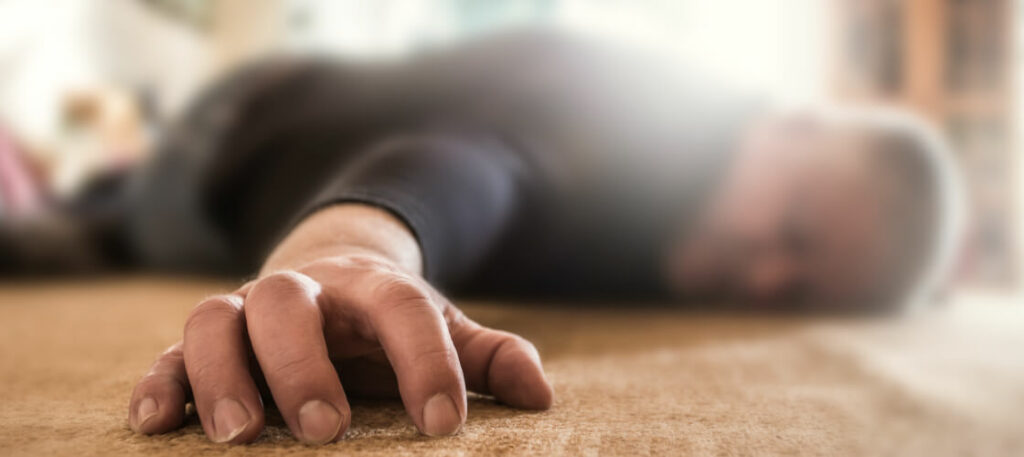Can you die from a heat stroke? This is a story of Chonsawat Asavahame, a prominent political figure in Samut Prakan province, tragically passed away on Friday morning at the age of 54. He was participating in a practice car race in the northeastern province of Buri Ram when he reportedly passed out. He was quickly taken to the hospital, where doctors confirmed that he had suffered from heatstroke. Despite receiving treatment in the ICU unit, Chonsawat, unfortunately, did not survive. His unexpected passing has left the community in mourning.
Heat stroke is a medical emergency and continues to be one of the leading causes of preventable death in sports. Let’s explore this scorching condition and unravel its mysteries.
What is heat stroke?
Heatstroke is a condition where the body’s temperature becomes dangerously high, exceeding 104 degrees Fahrenheit (40 degrees Celsius). It is a life-threatening form of hyperthermia or heat-related illness, also known as sunstroke. If left untreated, heatstroke can result in severe consequences such as organ failure, brain damage, or even death.

Are there different types of heat stroke?
There exist two distinct categories of heat stroke:
Exertional heat stroke: Typically triggered by excessive physical activity in hot and humid environments, this type of heat stroke may manifest within a few hours.
Non-exertional heat stroke: Commonly referred to as classic heat stroke, this variant can arise from age or pre-existing medical conditions and tends to emerge gradually over a period of several days.
Are heat exhaustion and heat stroke the same thing?
Both heat exhaustion and heat stroke are categorized as hyperthermia. When left untreated, heat exhaustion can escalate into heat stroke. However, heat exhaustion is less severe than heatstroke, doesn’t typically result in neurological complications, and isn’t commonly a fatal condition.
Who gets heat stroke?
Heatstroke can affect anyone, but individuals at higher risk include infants, the elderly, athletes, soldiers, and people with jobs that require physical labor in hot environments. Certain factors can also increase the risk of heatstroke, including alcohol consumption, dehydration, being male, taking drugs that affect the body’s ability to regulate temperature, having certain diseases that affect sweating ability, having certain medical conditions, wearing heavy or tight clothing, having a high fever, obesity, a history of heatstroke, poor physical conditioning, and not being acclimated to hot conditions.
What causes heat stroke?
When the body takes in more heat than it can release, the internal temperature rises above the set point typically maintained by the hypothalamus, a brain region that controls various bodily functions. This increase in body temperature can lead to heat stroke, a condition where the body becomes unable to cool itself down. The hypothalamus usually sets the core body temperature around 98.6 degrees Fahrenheit (37 degrees Celsius).
Symptoms
- Ataxia, which refers to difficulties with coordination and movement. Balance issues. Confusion or disorientation, also known as delirium
- Dizziness
- Dry skin that doesn’t sweat, which is more common in non-exertional heat stroke and is also known as anhidrosis
- Excessive sweating that persists even after exercise has stopped, which is more common in exertional heat stroke
- Low or high blood pressure
- Lung crackles, a bubbling or gurgling sound in the lungs
- Nausea and vomiting
- Low urine output, also known as oliguria
- Rapid breathing or a fast heart rate, also called tachycardia
- Seizures
- Fainting or loss of consciousness, also known as syncope
- Weakness
How is heat stroke diagnosed?
In the emergency department, heat stroke is usually diagnosed by healthcare providers who evaluate the symptoms, conduct a physical examination, and check the temperature. They may also request blood tests or urinalysis, as well as additional assessments like a chest X-ray or electrocardiogram (EKG) to monitor the electrical signals of the heart.
How is heatstroke treated?
For heat stroke, rapid and effective cooling is crucial to improve prognosis, with a target temperature below 39°C. Cold-water immersion is the preferred method for exertional heat stroke, while conductive or evaporative cooling methods are better for elderly patients. Antipyretic agents are ineffective and can worsen symptoms, while dantrolene has no proven effectiveness for heatstroke.
Table: Guidelines for the treatment of heat stroke*

Conclusion
Heat stroke is the most perilous among a range of illnesses that develop from heat exhaustion to heat stroke. A common feature among them is hyperthermia, which occurs when the body’s temperature rises due to excessive heat accumulation during physical activity or exposure to environmental heat stress. Heat stroke is clinically distinguished by central nervous system (CNS) malfunction, multi-organ collapse, and severe hyperthermia. Failure to identify and treat it promptly may result in life-threatening consequences.
References
- Tycoon-politician Chonsawat Asavahame dead at 54 after heat stroke collapse. [Cited: 4 April 2023]. Available at: https://www.nationthailand.com/thailand/general/40026201
- Epstein Y, Yanovich R. Heatstroke. New England Journal of Medicine. 2019 Jun 20;380(25):2449-59.
- Heatstroke. [Cited: 4 April 2023]. Available at: https://my.clevelandclinic.org/health/diseases/21812-heatstroke
About Docquity
If you need more confidence and insights to boost careers in healthcare, expanding the network to other healthcare professionals to practice peer-to-peer learning might be the answer. One way to do it is by joining a social platform for healthcare professionals, such as Docquity.
Docquity is an AI-based state-of-the-art private & secure continual learning network of verified doctors, bringing you real-time knowledge from thousands of doctors worldwide. Today, Docquity has over 400,000 doctors spread across six countries in Asia.
Meet experts and trusted peers across Asia where you can safely discuss clinical cases, get up-to-date insights from webinars and research journals, and earn CME/CPD credits through certified courses from Docquity Academy. All with the ease of a mobile app available on Android & iOS platforms!






